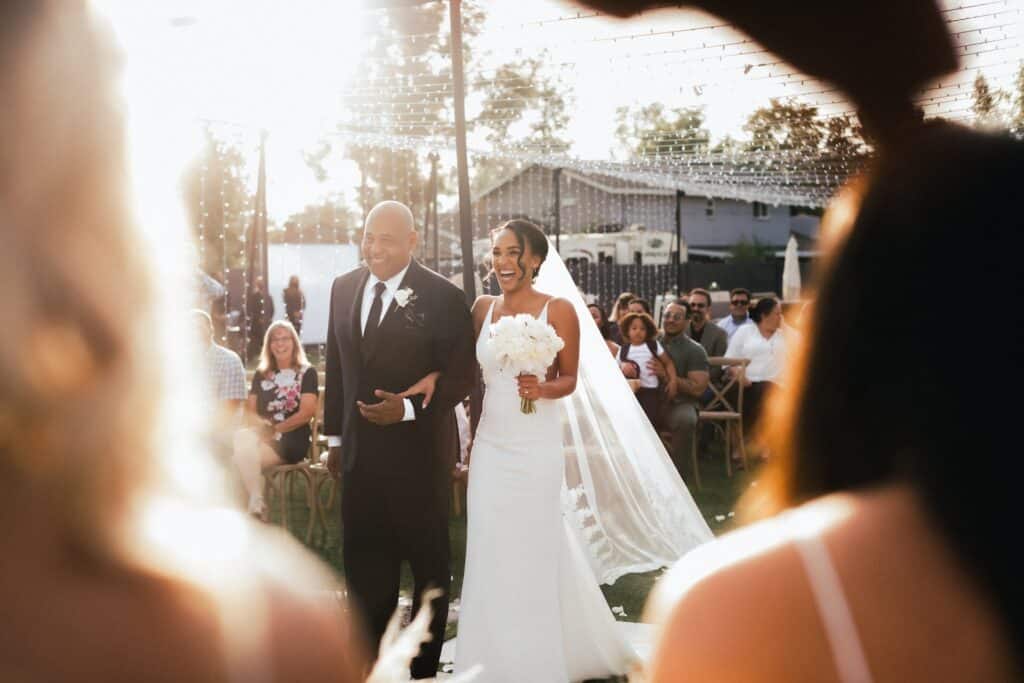
Your wedding day is a celebration of love, and the processional sets the tone for this joyous occasion. If you’re tying the knot in the UK, understanding the wedding processional order is crucial for a seamless and memorable ceremony.
Let’s delve into the intricate details of who walks when and the traditional practices that make up the wedding processional in the UK.
The Significance of the Wedding Processional for the wedding ceremony
The wedding processional marks the commencement of your celebration. As your guests take their seats, the officiant positions themselves at the altar. The groom, often accompanied by his best man, makes his entrance. The processional officially begins as music fills the air, signaling the eagerly awaited moment for the bride’s grand entrance.
As the bride takes her father’s arm, holding her bouquet in her left hand, the atmosphere is charged with anticipation. The carefully orchestrated steps down the aisle symbolize the transition from one chapter of life to another, culminating in a joyous union at the altar.
Deciding Your Wedding Party
Before diving into the order, determine who will be part of your wedding party. This can range from close family members to friends, and the size can vary.
Typically, the wedding party (or bridal party) includes immediate family, bridesmaids, the maid of honour, the best man, flower girls, page boys or ring bearers, and, of course, the bride, often accompanied by her father.
The Traditional Order of a Wedding Processional
Once the groom is in position, the immediate families of the bride and groom proceed down the aisle and take their seats. Traditionally, the bride’s family sits on the left, and the groom’s family on the right. The officiant follows, marking their place at the altar.
The bride, escorted by her father, takes the spotlight next. Bridesmaids, flower girls, and page boys follow in pairs, with the youngest directly behind the bride. Once at the altar, the bride hands her bouquet to the maid of honour, and the bridesmaids take their seats.
Couples often customize this order, sometimes having the flower girl followed by the bridal party enter first, reserving the bride’s entrance as the grand finale. There’s no strict rule, so feel free to personalize based on your preferences.
Can You Change the Traditional Order?
Absolutely! Modern weddings embrace flexibility, especially in non-religious ceremonies. The bride might choose to walk alone, with her mother, both parents, or even a child.
You can skip the processional altogether, opting for side entrances, perfect for shy couples. American-style variations, where bridesmaids precede the bride, are also popular. Your wedding, your rules!!
The Detailed Order – Breaking It Down From The Officiant To Flower Girls. Bridal Party Order.
- Officiant
- Traditionally opens the processional or enters from the side.
- Groom
- Walks down the aisle solo or with parents.
- Best Man
- Follows the groom and stands to his right during the ceremony.
- Groomsmen
- Follow the best man, walking solo or in pairs.
- Bridesmaids
- Walk solo or in pairs, taking their places on the left side.
- Maid of Honour/Matron of Honour
- Walks solo, standing beside the bride.
- Flower Girl and Ring Bearer
- The Flower Girl (usually a young daughter, sister or niece) and Ring Bearer (typically a young relative, not Frodo), signal the bride’s imminent arrival, walking together or separately. The wedding rings are given/presented to the bestman.
- Bride and Father of the Bride
- The bride takes her father’s arm ray for her grand entrance, escorted by her father. Father and the bride walks down the aisle.
Traditional Christian Ceremony (U.K.) | Religious Ceremony
Bridal Party Order
- Wedding Ceremony Officiant
- Takes position at the altar.
- Groom and Best Man
- Enter from the side and stand at the altar.
- Flower Girls and Page Boys
- Lead the processional, scattering flowers, and taking their places at the front. Page boys may carry the bride’s ring, the groom’s ring, or both rings.
- Bride and Father of the Bride
- Follow, with the groom traditionally facing away until she reaches the altar. The bride’s father traditionally escorts her with immense pride and joy.
- Bridesmaids
- Follow the bride and her father, taking their places at the front.
Traditional Jewish Ceremony (including Flower Girl and Ring Bearer)
- Cantor and/or Rabbi
- Signal the ceremony’s beginning, standing under the chuppah.
- Grandparents of the Bride
- Walk down the aisle and take their seats on the right.
- Grandparents of the Groom
- Walk down the aisle and take their seats on the left.
- Groomsmen
- They walk down the aisle and stand on the left side of the chuppah.
- Best Man
- Follows the groomsmen, standing with the groom.
- Groom and Parents
- Walk down the aisle escorted by parents, standing under the chuppah.
- Bridesmaids
- Walk down the aisle on the right side of the chuppah.
- Maid of Honour/Matron of Honour
- Walks down the aisle and stands with the bride.
- Flower Girl and Ring Bearer
- Walk together and can be seated after reaching the front.
- Bride and Parents
- Walk down the aisle escorted by parents, standing under the chuppah.
Same-Sex Ceremony – Wedding Procession
- Officiant
- Leads the processional or enters from the side.
- Wedding Party
- Members walk down the aisle in pairs.
- Best People
- Walk down the aisle together or solo.
- Flower Person and Ring Bearer
- Walk together or separately.
- Partner #1 and Parent(s)
- Walk down the aisle escorted by parents.
- Partner #2 and Parent(s)
- Walk down the aisle escorted by parents.
Non-Traditional Ceremony Processional Ideas
If the traditional order doesn’t resonate with you, consider these creative alternatives:
- Grandparents leading the procession.
- Bride’s family member walking the bride down the aisle
- Both sets of parents escorting their children.
- Wedding attendants walking down the aisle in pairs.
- Partners walking down the aisle together.
Frequently Asked Questions
Who walks down the aisle with the mother of the bride?
The bride’s mother is traditionally escorted by her son, a close male relative, the best man, or a groomsman during the procession. The bride’s mother, accompanied by her escort, gracefully proceeds down the aisle, radiating elegance as she takes her place of honor.
Are there alternatives to fathers walking down the aisle?
Yes, the bride can walk down the aisle with her mother, both parents, step-parent(s), grandparent(s), or children if applicable.
How can you switch up the traditional processional order?
Personalize your processional by having any combination of parents, having the wedding party enter differently, or even having the bride and groom walk down the aisle together.
How to choose wedding processional music?
Select music that sets the desired tone, considering the ceremony venue, meaningful songs, and seeking input from the officiant for a memorable processional experience.
The History of Wedding Processional Order
The wedding processional’s history lacks a single origin story. Primarily rooted in religious ceremonies, the orderly procession was a common practice. Beyond religion, the tradition of a father walking his daughter down the aisle prevailed.
For comprehensive guidance on planning and executing your wedding ceremony, explore our in-depth guides covering everything from ceremony programs to wedding vows and meaningful quotes.
Your wedding processional is a narrative of love and tradition. By understanding the intricacies of the wedding processional order in the UK, you can curate a ceremony that reflects your unique story and celebrates the union of two hearts.
Conclusion
As the day unfolds, the bride’s bouquet takes on a symbolic role, a fragrant embodiment of the journey about to commence. In the hands of the chief bridesmaid, it becomes more than a collection of blooms; it is a precious responsibility. Walking down the aisle before the maid of honour, the bride’s entrance signals the beginning of a significant moment. The ring bearer carries a symbol of commitment, carefully chosen and entrusted for this sacred occasion.
Traditionally escorted, the bride gracefully navigates the ceremony space, each step echoing with the weight of tradition and the promise of a new chapter. The bride’s walk, adorned by scattered flower petals, is a visual poetry, a prelude to the vows that will be exchanged at the altar. In the carefully orchestrated procession, family members, including the groom’s grandparents and parents, and the bride’s parents, play integral roles, each step symbolizing the union of two families.
As the ceremony begins, the aisle solo marks a moment of anticipation, a spotlight on the individual steps that lead to a shared future. Bridesmaids and groomsmen walk in pairs, each step synchronized in celebration of love. The father of the bride, with immense pride and joy, takes his part in the processional, symbolizing the support and blessing bestowed upon his daughter.
In the front row, a reserved space for honored guests, the mother of the bride takes her place, radiating elegance and warmth. The officiant, an essential guide in this ceremony, stands ready, embodying the significance of the moment. The groom, flanked by his groomsmen, walks with purpose, and the last groomsman takes his place, marking the completion of the processional.
For the youngest directly behind the bride, weddings are a tapestry of new beginnings. As they step forward, the ceremony becomes a canvas where traditions are painted with each unique footprint. In non-traditional processional ideas, the couple may choose to have children’s work take center stage, with flower girls and ring bearer leading the way in their own special manner.
The venue, carefully chosen, becomes a backdrop for this unfolding narrative. The attire, from the bride’s dress to the groomsmen’s suits, speaks volumes about the style and essence of the occasion. Parents, witnessing this union from the front row, encapsulate the legacy and hopes of both families, their presence affirming the significance of the moment.
In crafting the ultimate guide to the wedding processional, it is a journey that transcends the mere walk down the aisle. It is a culmination of personal stories, cultural traditions, and the promise of a shared future. Every step, every participant, and every element, from the bride’s bouquet to the ceremony officials, contributes to the symphony of love that defines a wedding day.
Written By Nick @ Magical Memories
See Nick’s Profile on LinkedIn
As you plan your special day, don’t forget to book the entertainment! Magical Memories provides professional wedding magicians and wedding caricaturists to bring your big day to life. Our highly skilled performers will keep guests of all ages entertained and amazed with breathtaking close-up magic and hilarious caricatures!
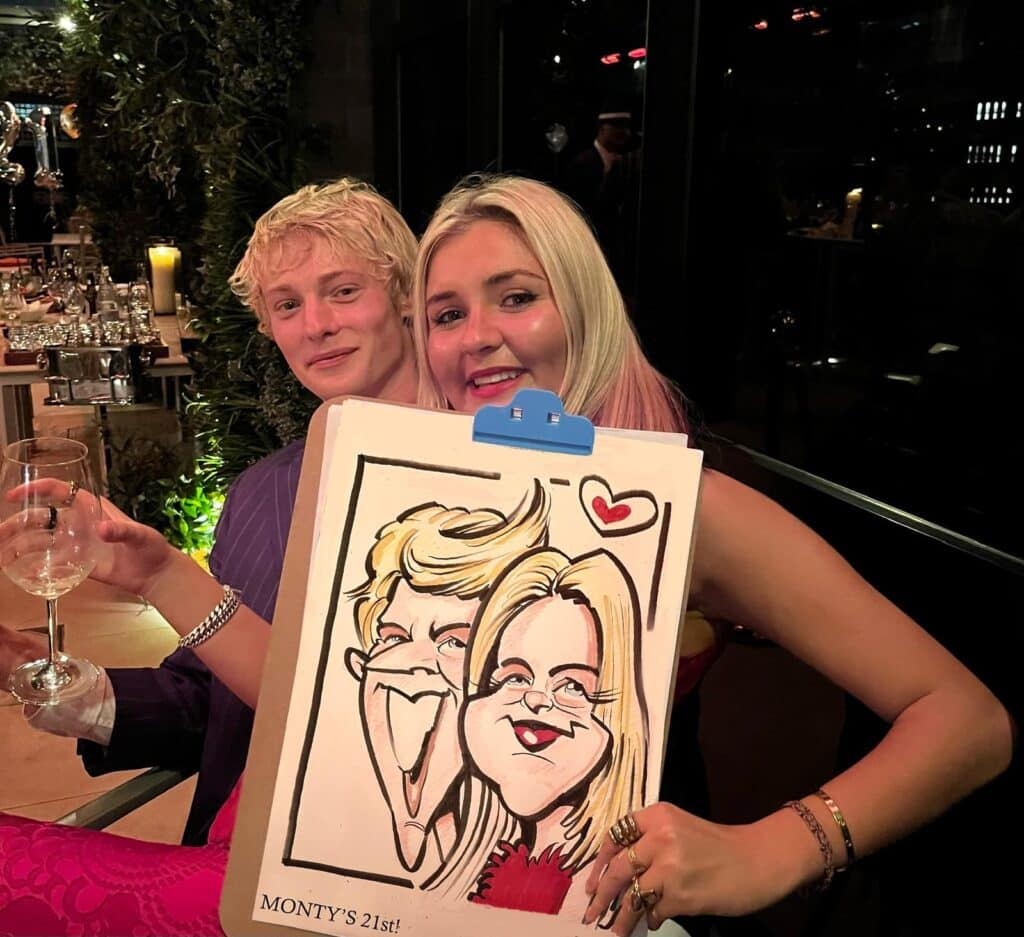
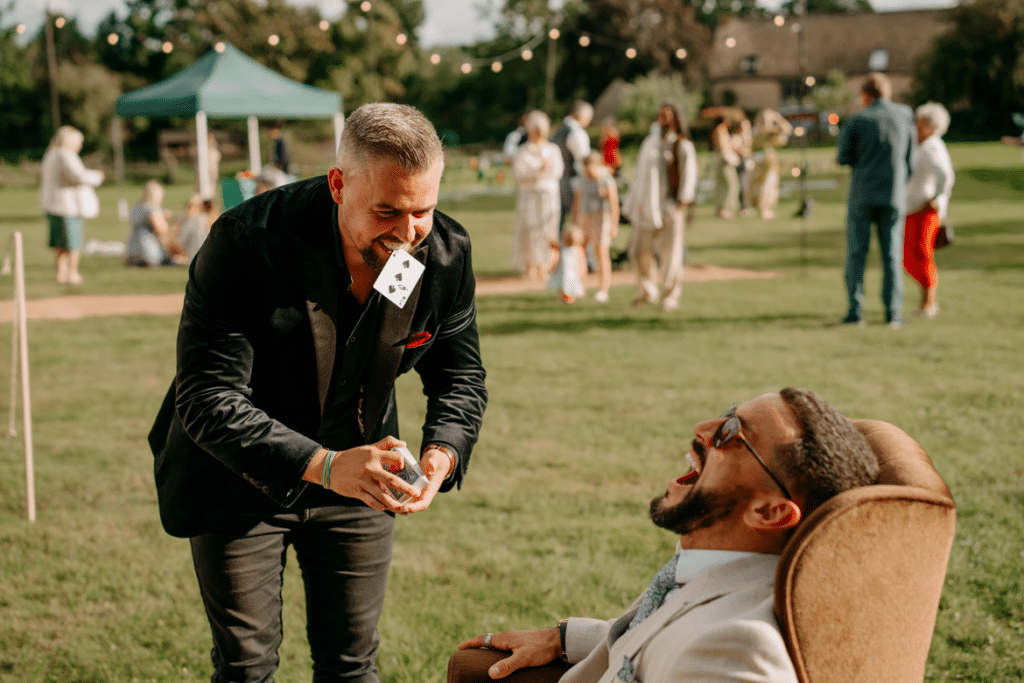

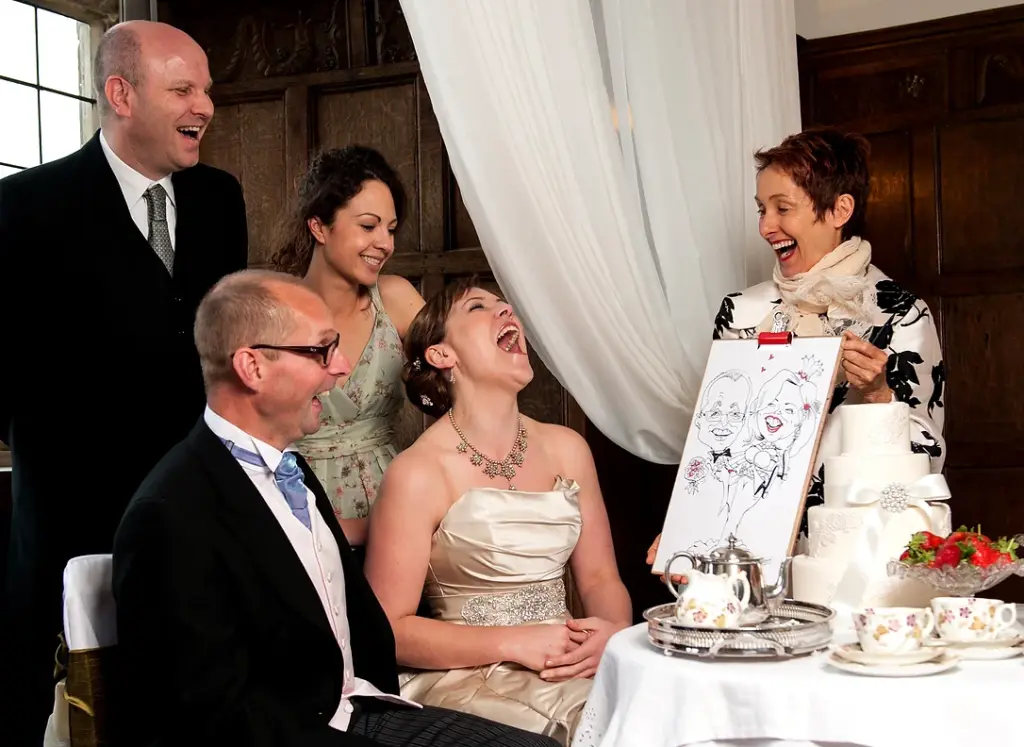
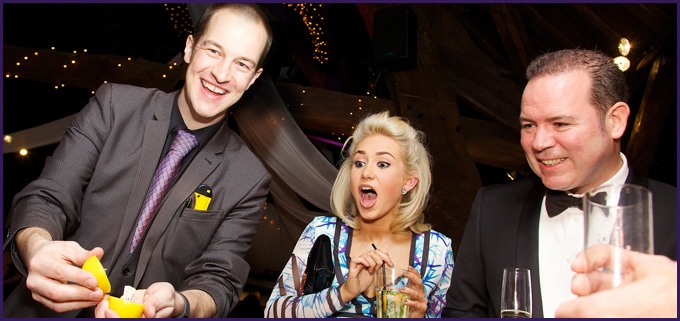
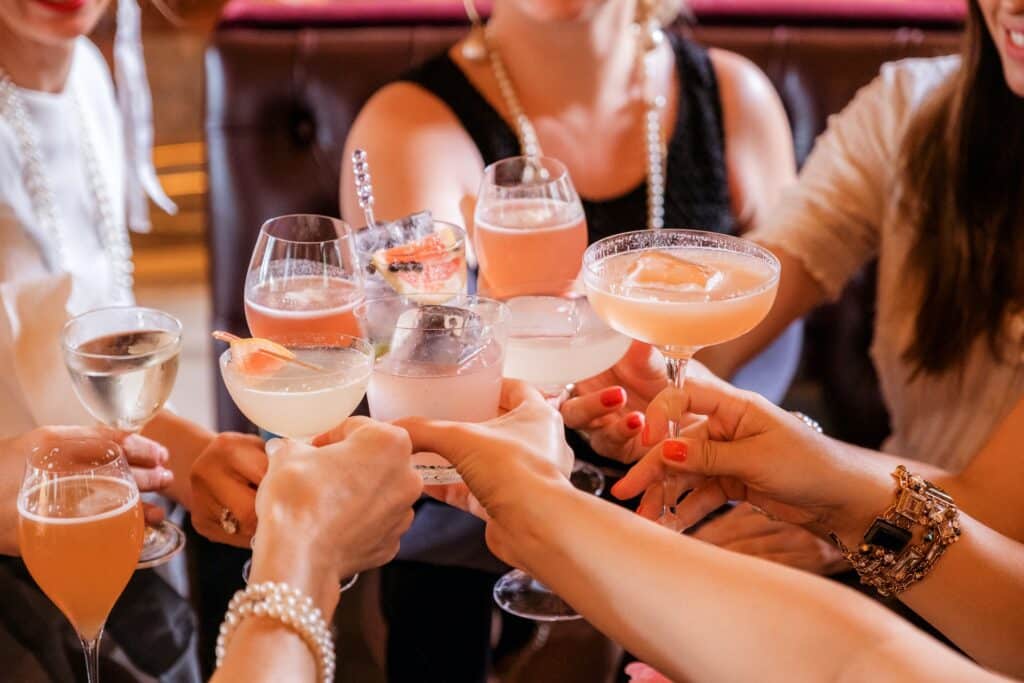
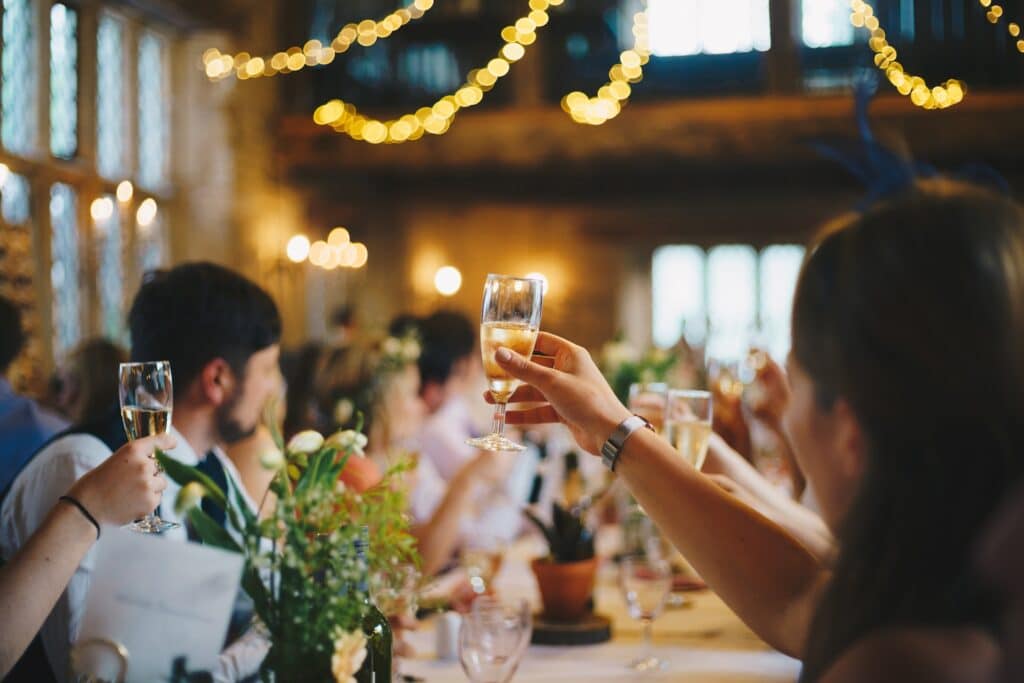
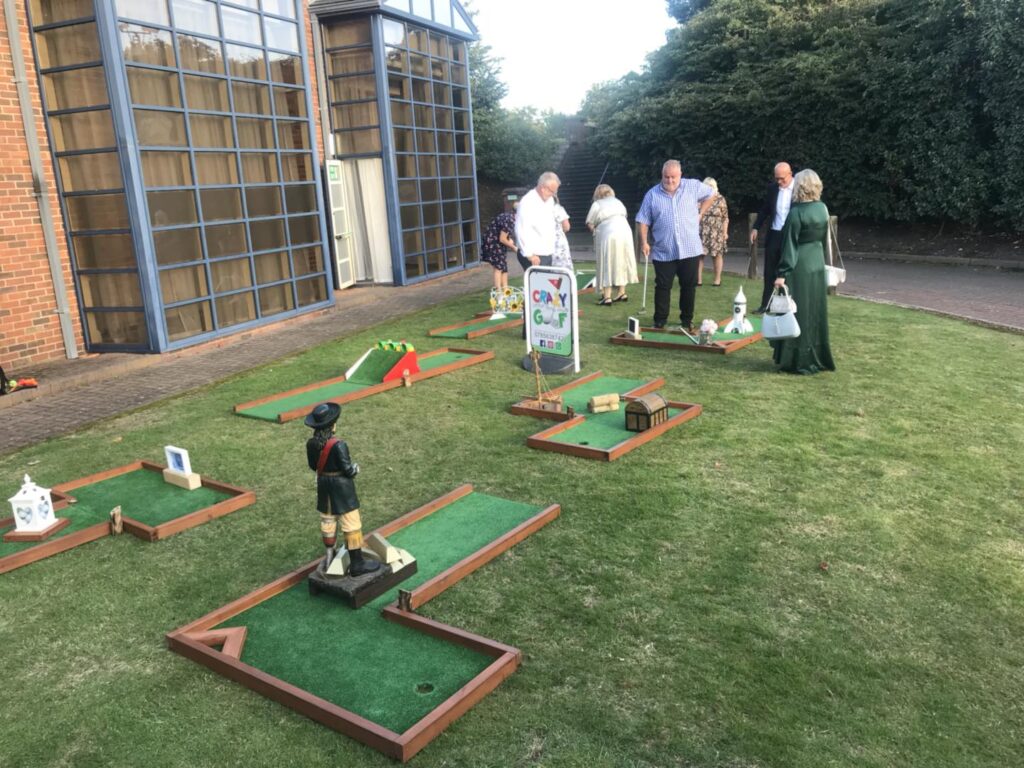
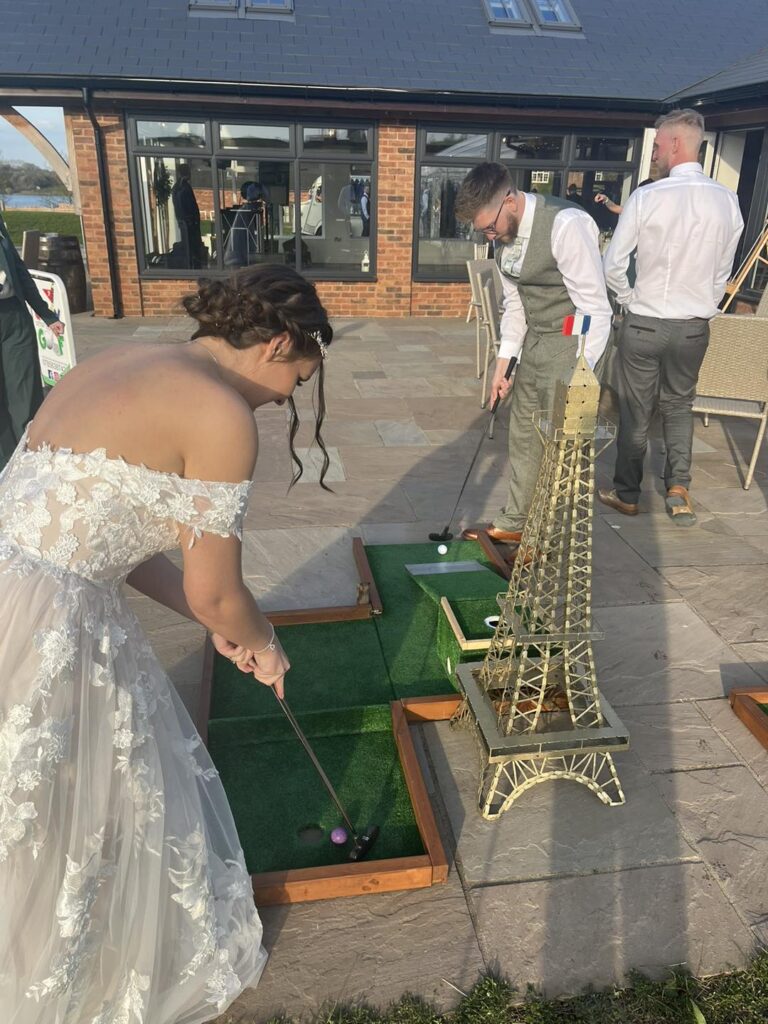

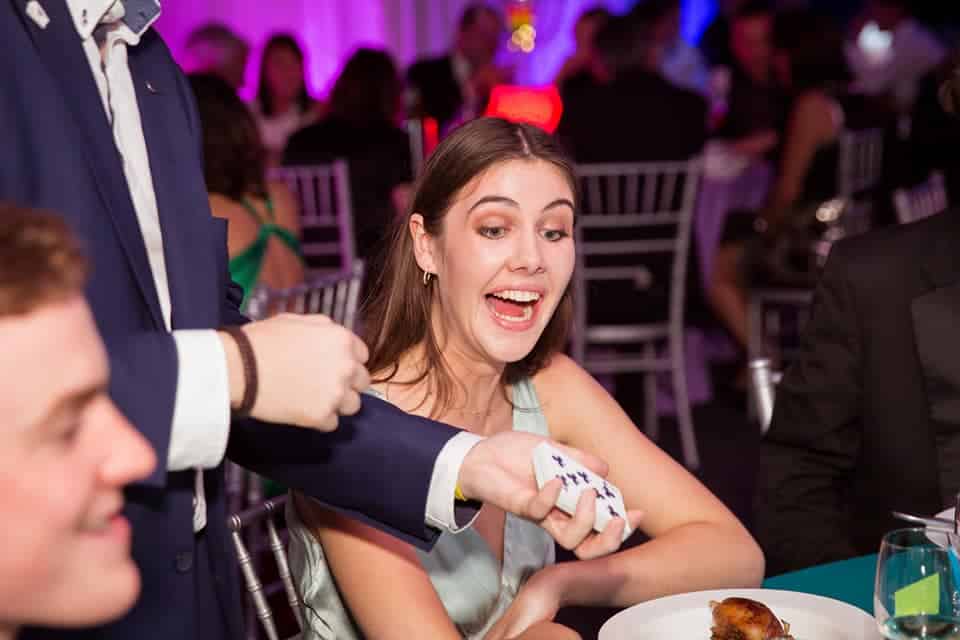
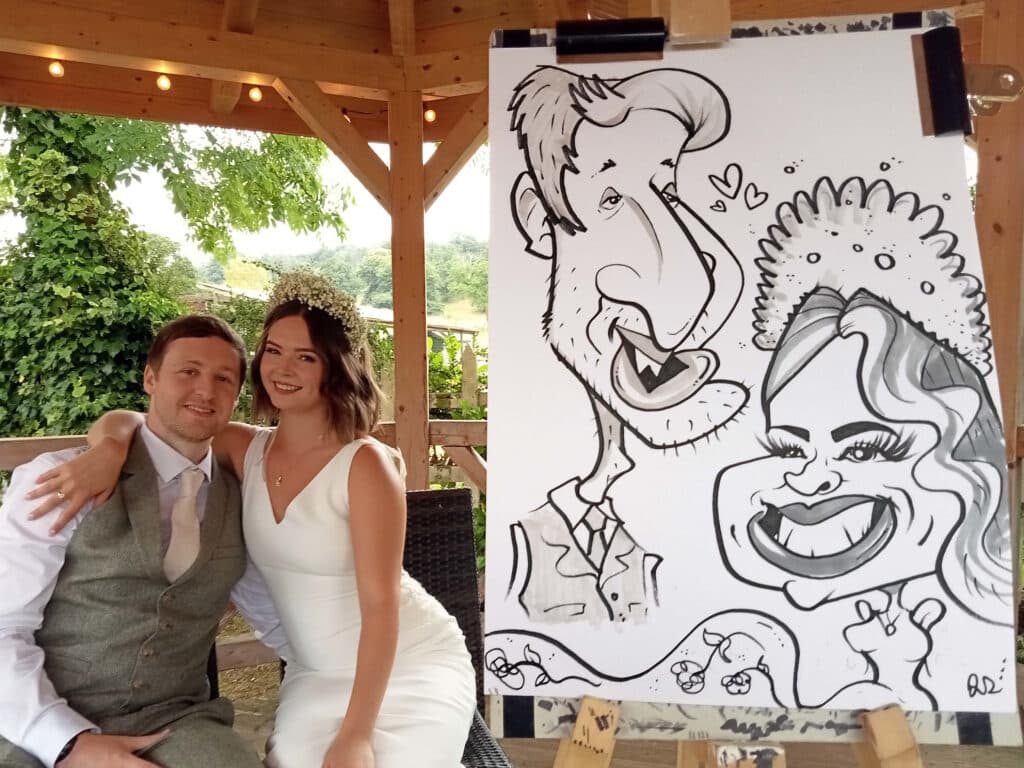



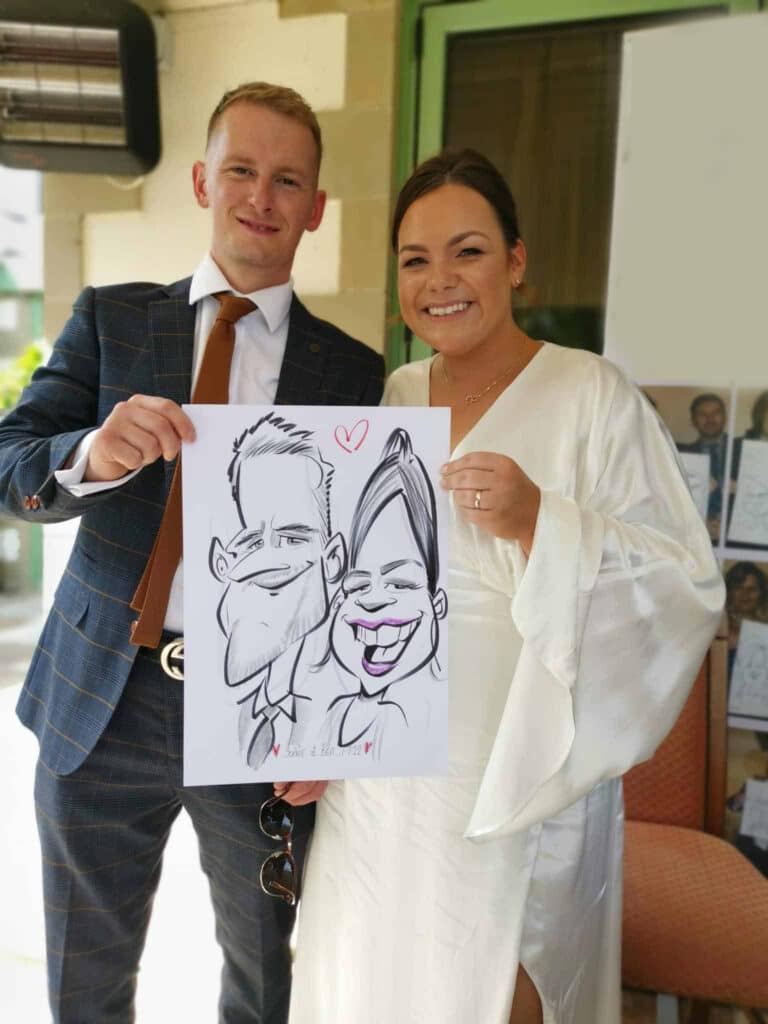
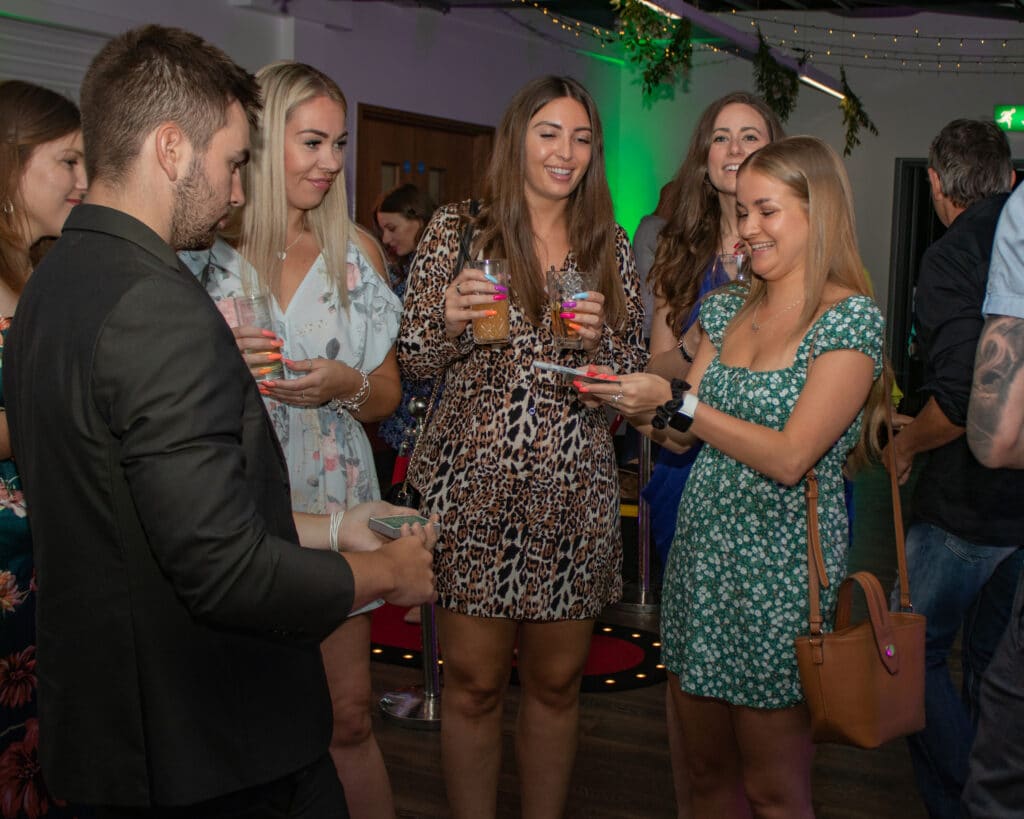
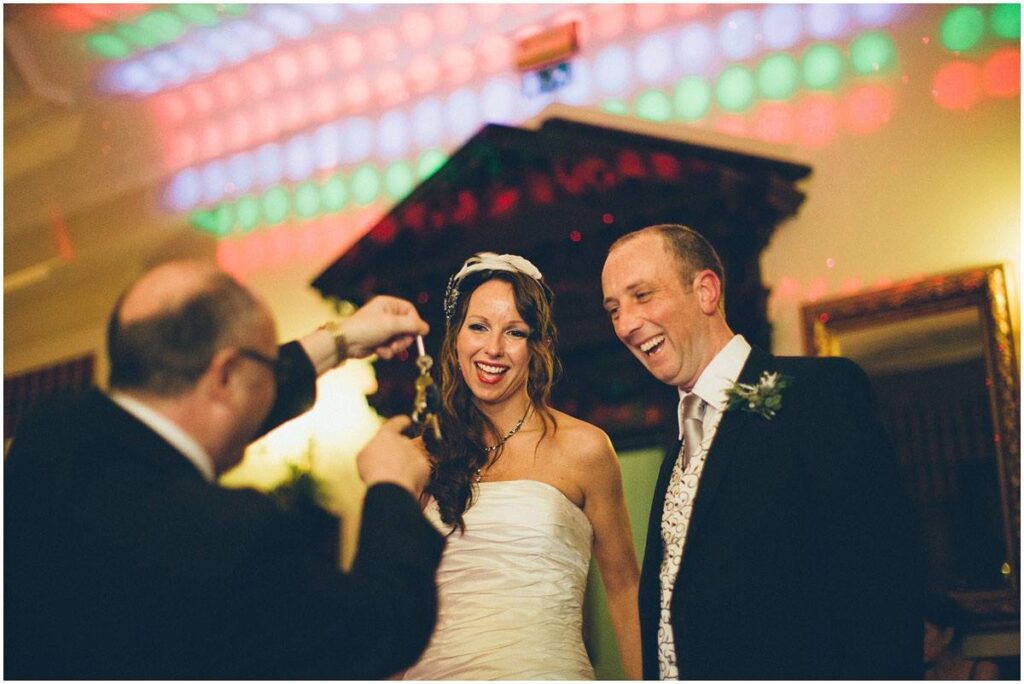
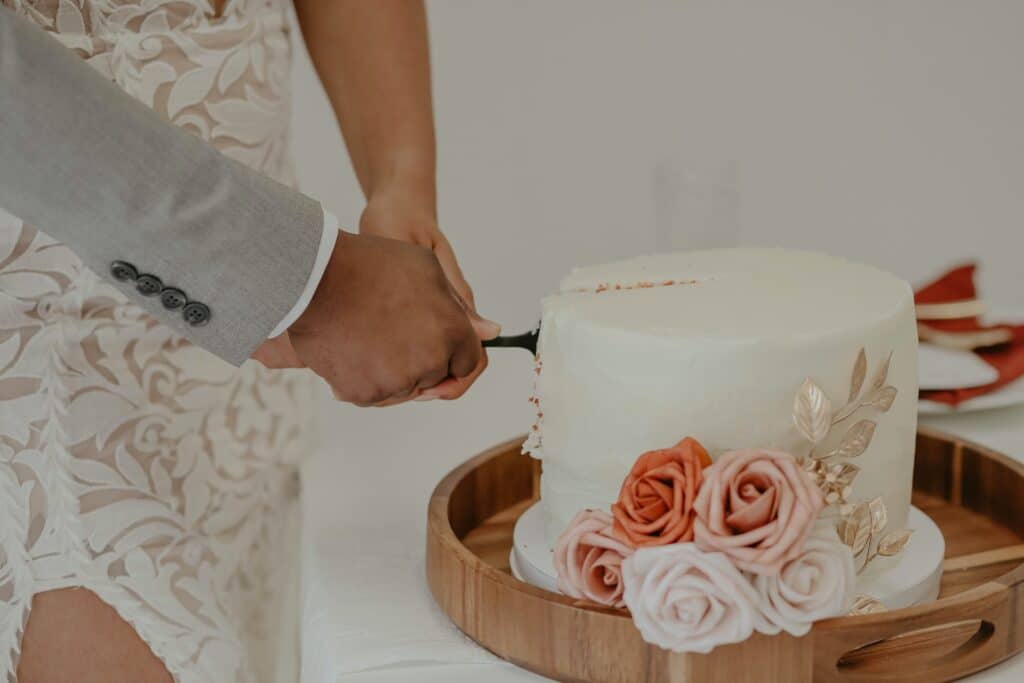

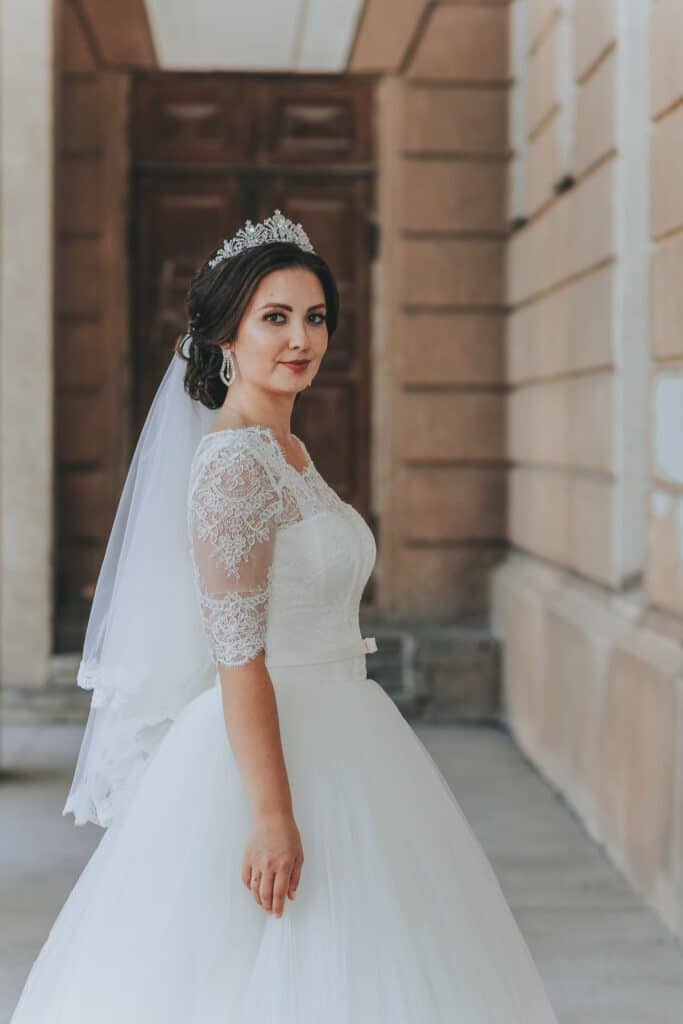
Please get in touch for a free, no-obligation quote today!
